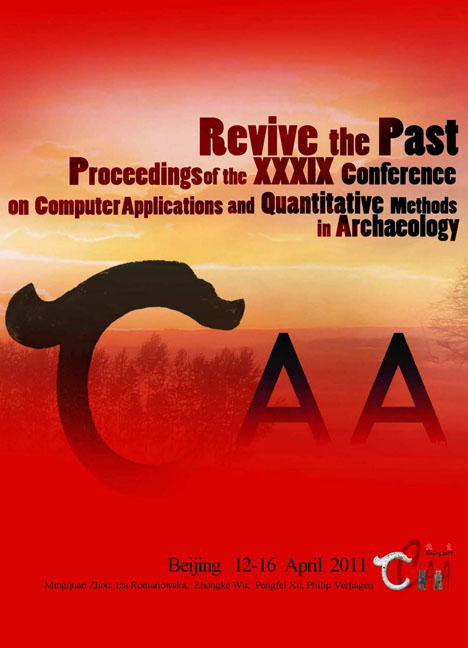 Revive the Past
Revive the Past Preventive Archaeology: Towards a Technological Integrated Solution
Published online by Cambridge University Press: 23 June 2021
Summary
Abstract:
The topic presented here is an on-going research which has been carried out at the Science and Technology in Archaeology Research Center (STARC) of The Cyprus Institute. The aim of the project is to evaluate and elaborate a technological integrated solution for rescue and preventive archaeology, urban planning and Cultural Heritage management. It will also be able to receive and handle various constraints set by different users. Therefore, in order to simulate and test tools and methodology, the archaeological excavation of Agios Georgios Hill in Lefkosia (Cyprus) has been used as a case study. The possibility to use different techniques of data acquisition, documentation, interpretation and visualization will allow to evaluate and propose alternatives and possible scenarios.
Key Words: Integrated Technologies, Urban Planning, Preventive Archaeology
Introduction
Preventive archaeology has recently received considerable interest in archaeology. Its importance is directly connected to the development of a site or to the growing of society in general.
The growth of a city is determined by several parameters such as cultural, historical and archaeological, economic, political, etc. Planning strategies are one of these parameters.
Such a strategy has to take into consideration the protection and management of multitudinous but scarce elements of cultural heritage within a contemporary world with an expanding population and changing needs. The management should in fact include a range of elements like cultural landscapes, archaeological sites, old buildings and artefacts that of course exist in an environment where people live, build new constructions and roads, modify the cities and the rural areas as well as create an impact on the cultural resources. For this reason, decisions must be taken in order to strike a balance between the practical and inevitable growth and the protection and preservation of the cultural/archaeological elements (King 2002).
A poor knowledge of the territory or a complete negligence of the local authorities, institutions and operators, has frequently led to the destruction of valuable archaeological remains. There are several cases of severe damages, both archaeological and economic, that could be easily detected and solved. Professionals, developers, constructors, engineers and architects should consider the archaeological factor in their projects.
- Type
- Chapter
- Information
- Revive the PastProceedings of the 39th Conference of Computer Applications and Quantitative Methods in Archaeology, pp. 177 - 185Publisher: Amsterdam University PressPrint publication year: 2012


